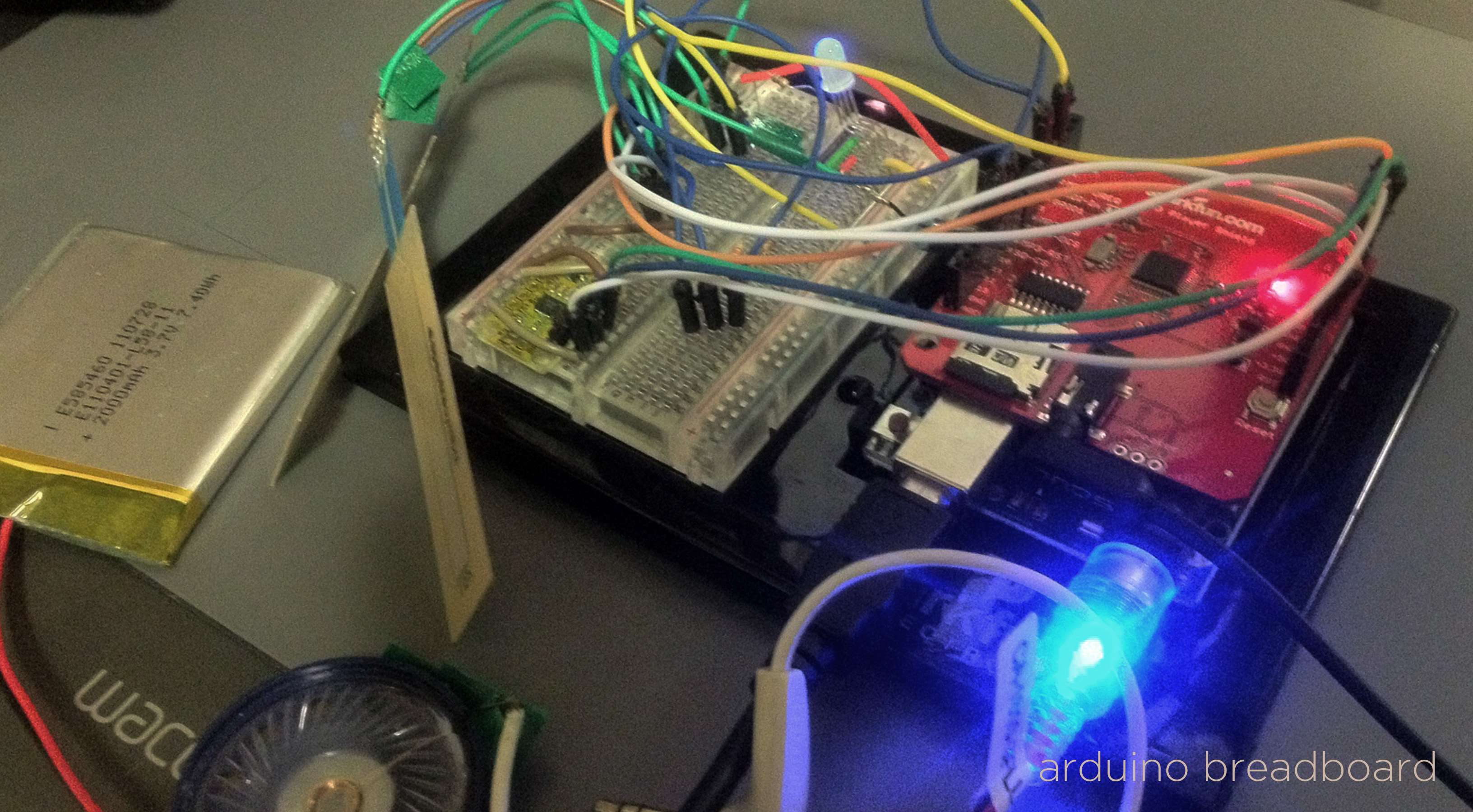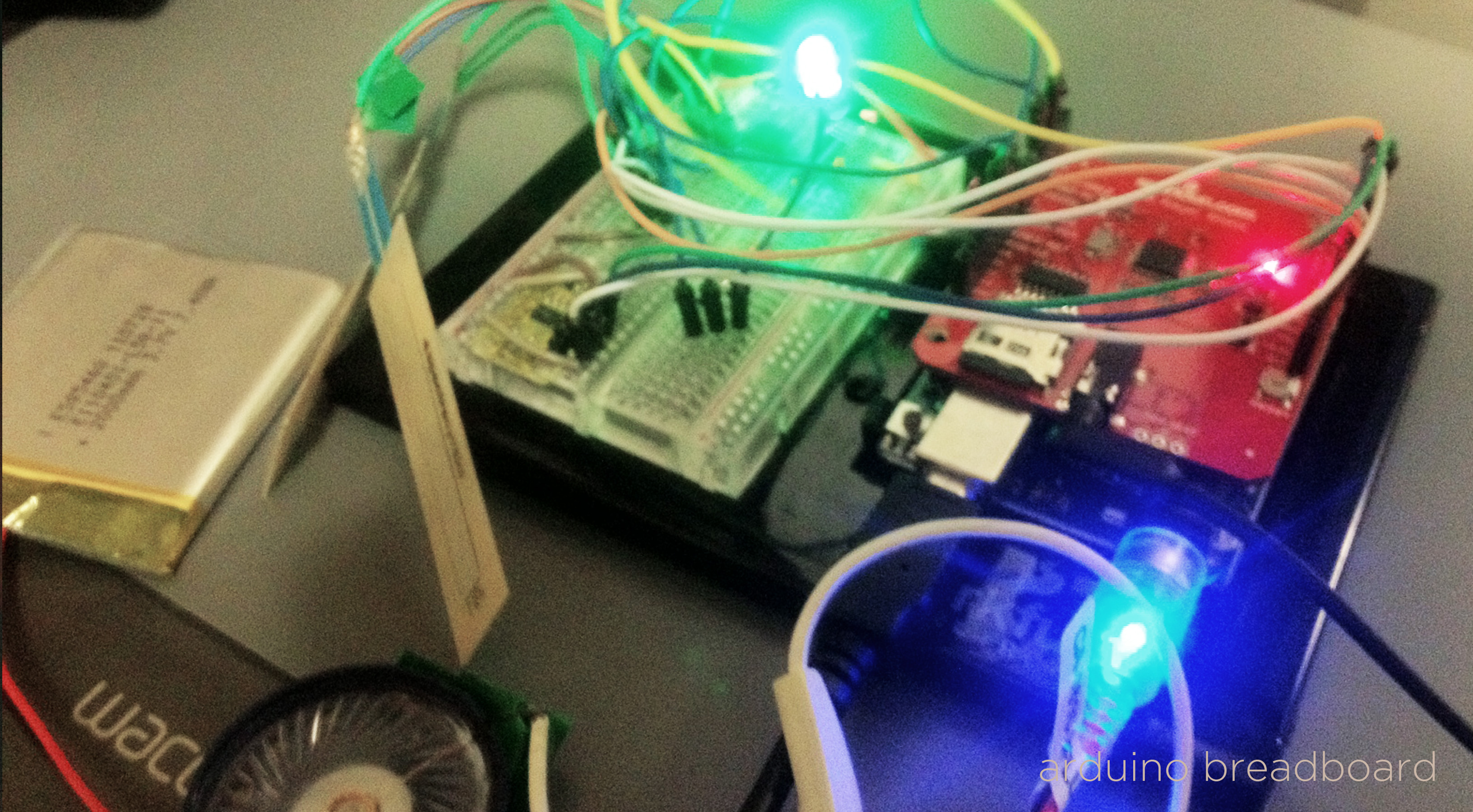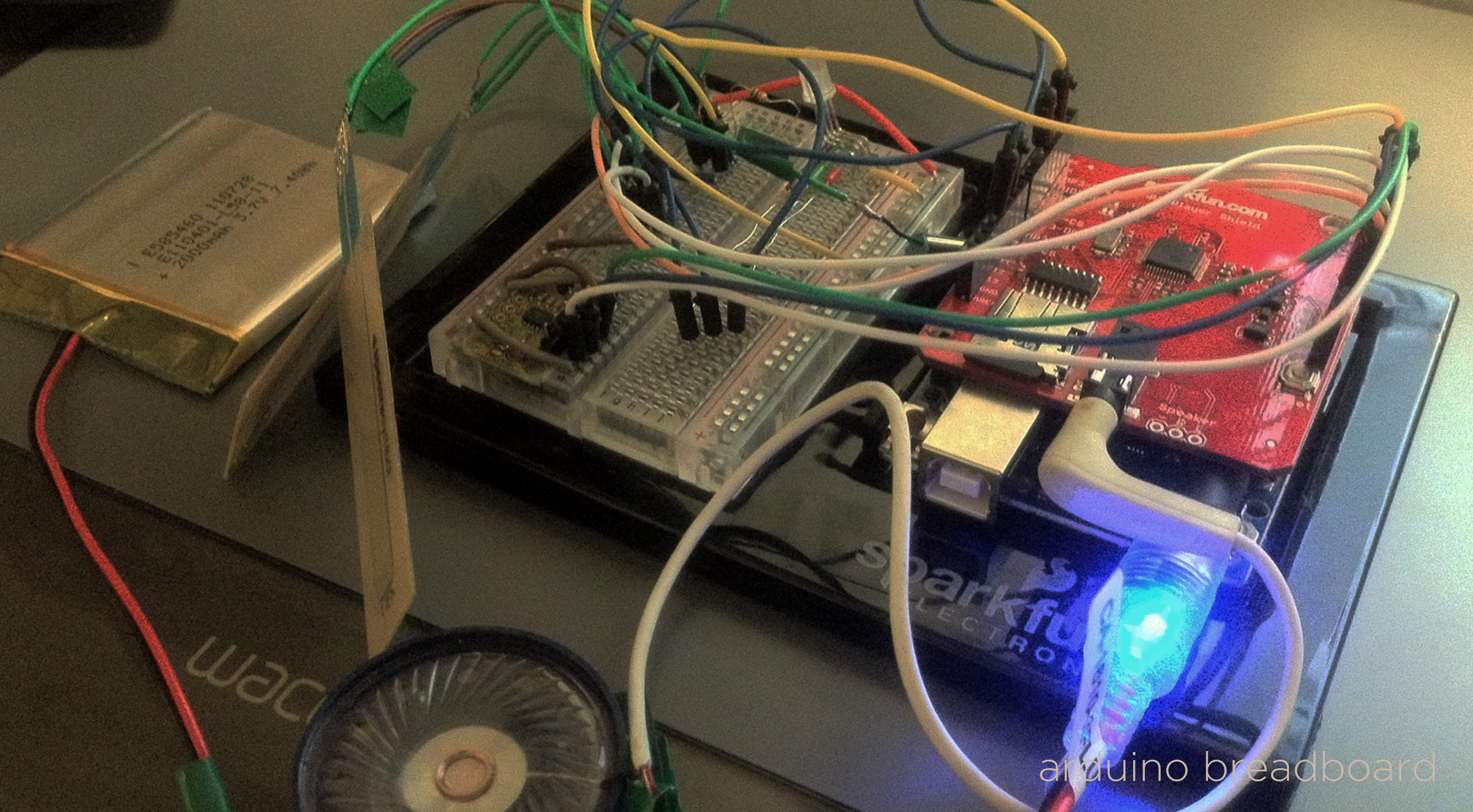RECOGNITION Graded High Distinction and acknowledged as one of the top three teams in the year
Product Technology | 2012
Sydney, Australia
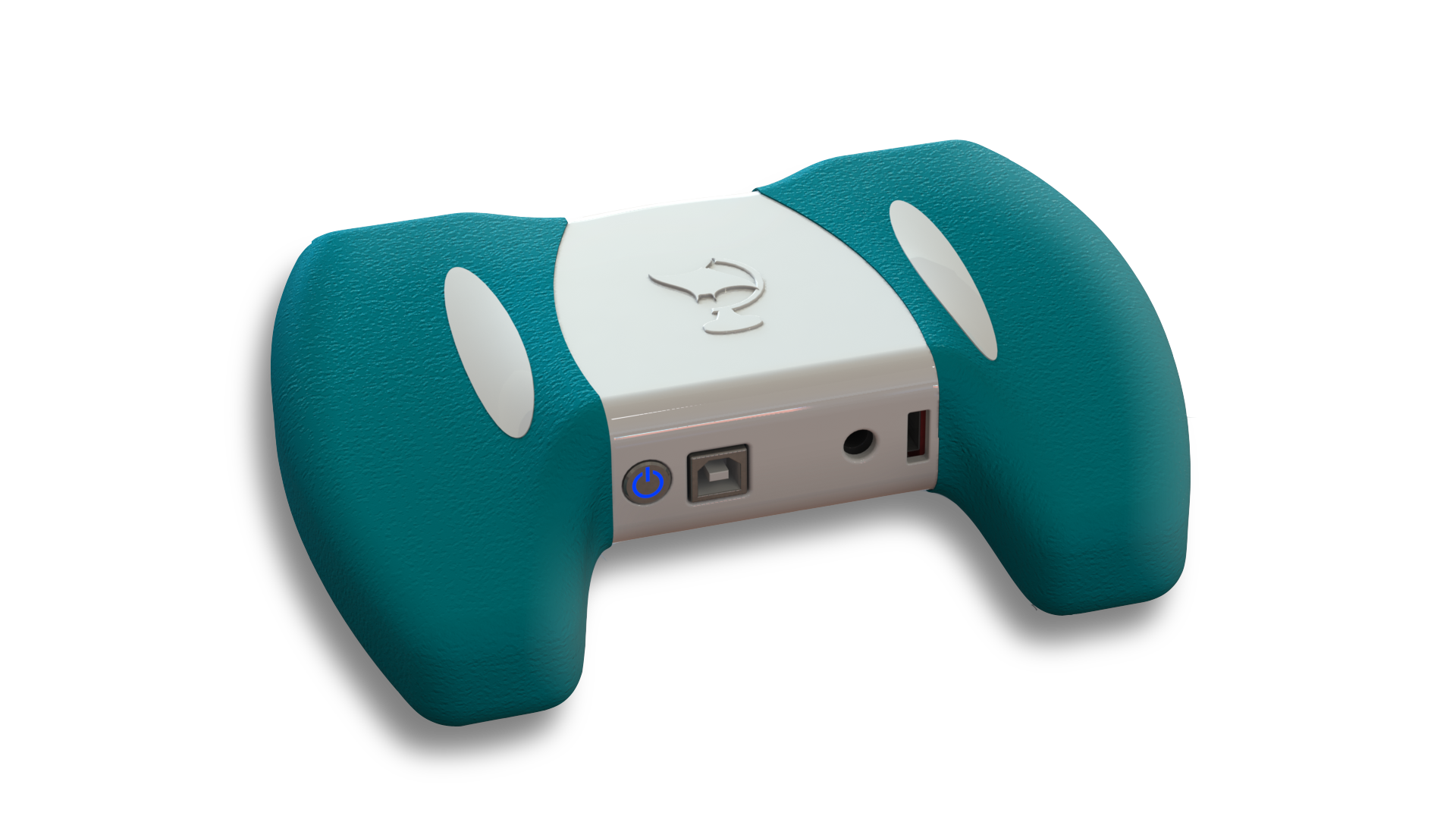
The team created an interactive language learning device for the baby boomer generation. The Mantra gives individuals the opportunity to lean a range of languages at their own pace, through asking the individual a series of questions.
The project focuses on the brain plasticity of baby boomers, giving them motivation to learn new skills through multi sensor stimulations audio questions, haptic vibrations and visual illuminations.
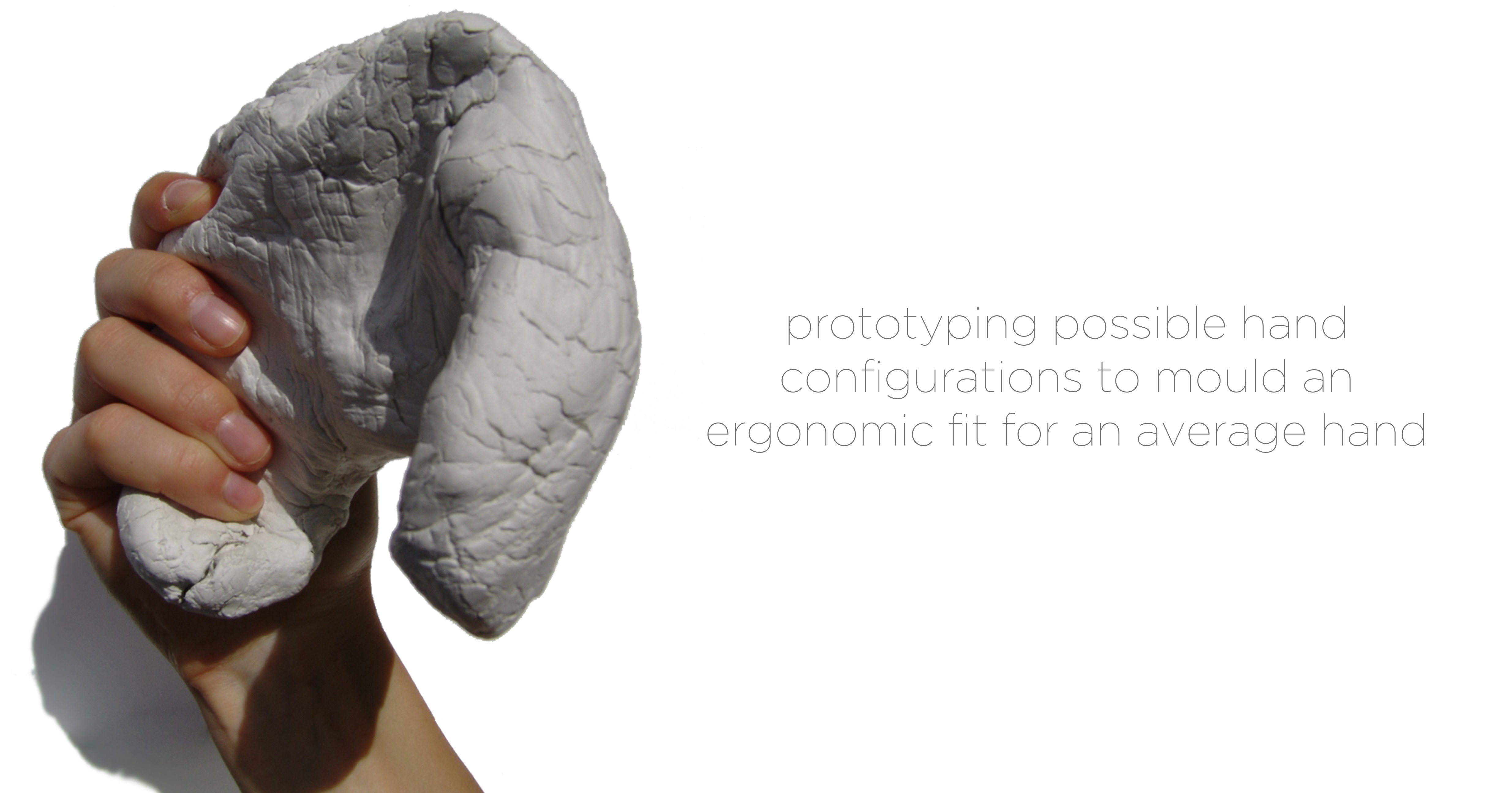
PROCESS This project was created as part of a final year assignment, to develop Engineering, CAD, Arduino, engineering drawing and skills. The team began by conducting a background research on baby boomers; their habits, leisure activities and how difficult they find it to attain new skills.
After realising their desire to travel, the team decided to make a practical tool that this generation could simply use through a combination of physical and mental activities to improve their brain plasticity. From here, for the exterior the team processed possible controller contours based on ergonomic data and clay prototypes, and for the interior, began to code the necessary output for the Arduino breadboard.

Coding The product was created with Arduino and modelled in Solidworks. Throughout the project, my main roles were firstly to create the ergonomics for the device, which lead to programming the device along with another group member.
The coding was created over several weeks. The final prototype that was created presented the user with a question and several options as answers (A/B/C/D). The product was programmed to give different haptic feedback in the form of vibrations to the user depending on whether the chosen answer was correct (long vibration is correct, short vibration is wrong).

Arduino The Breadboard was inserted inside the controller, and gave visual feedback to show that the movements were recorded.
However, this is only the backside of the device, as it is not able to be seen by the user. Above is a working prototype of the breadboard.
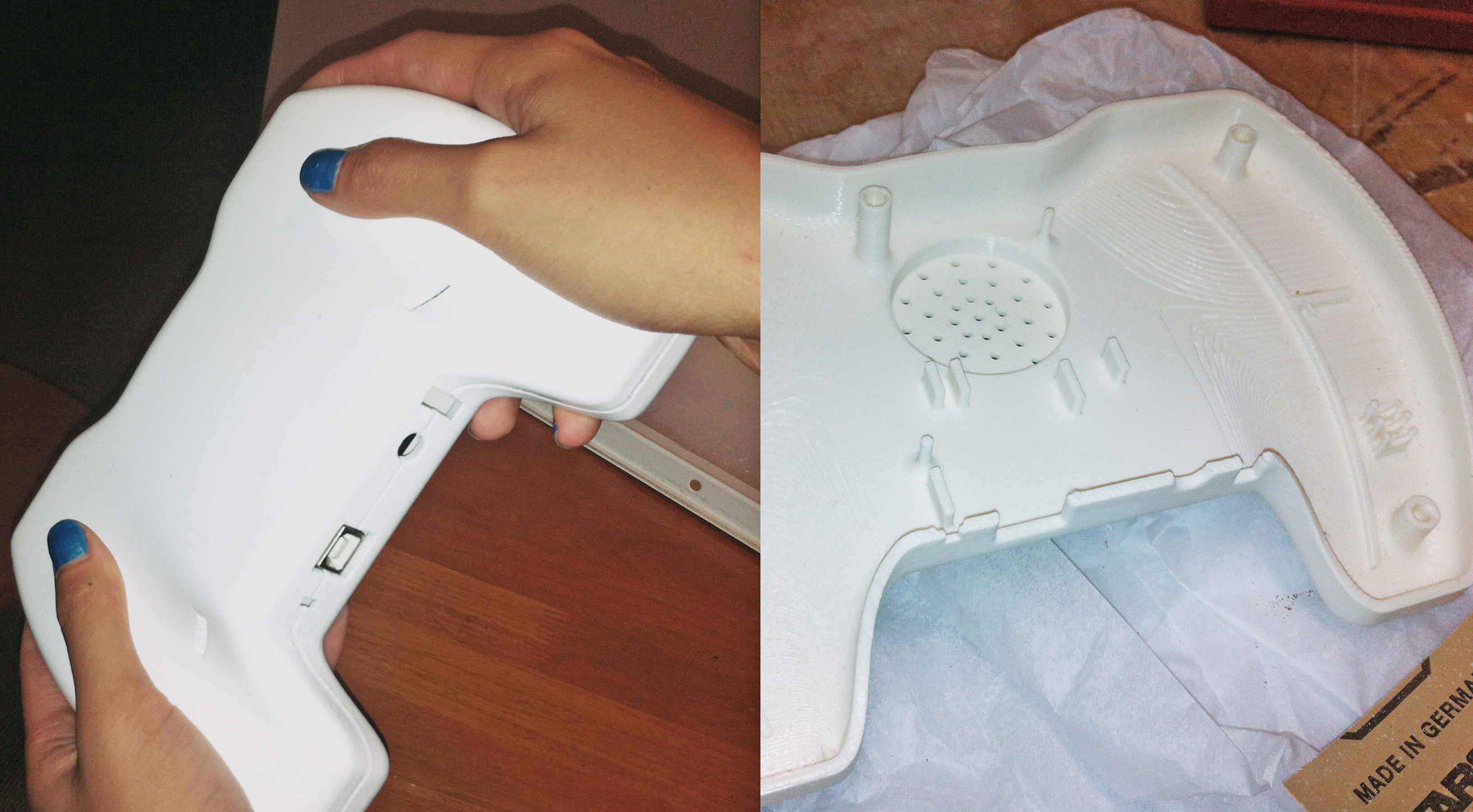
Prototype The prototype was modelled in solidworks, and created on a 3D printer.
Above is a prototype of the controller, which snugly fits the breadboard inside. Normally injection moulded, the controller fits together in a two-piece configuration.
TAKE AWAY As one of the first group projects I have participated in, I experienced a huge learning curve in regards to role distribution and balancing when to lead and when to listen.
SCOPE Product Technology, Electronics, Brain Plasticity and Psychology, Interaction Design, Arduino, Design Research
TEAM Sarah McGann, Engin Karahan, Ian Feng, Olivia Gotch, Matthew Simpson, Marieke Gercken
GUIDANCE FROM Martin Boehnel (Designer)
